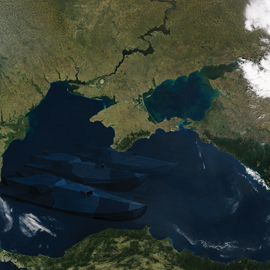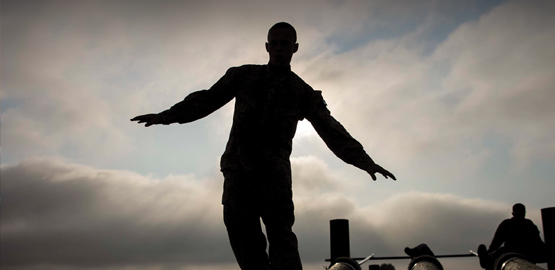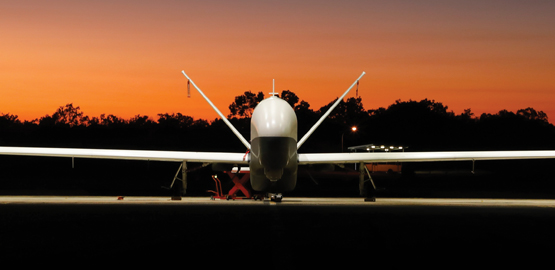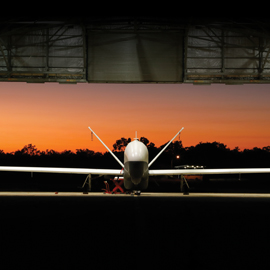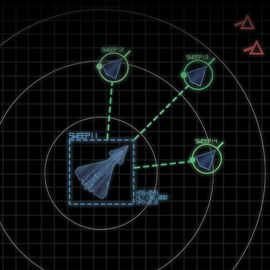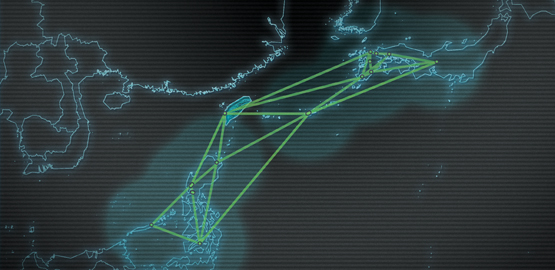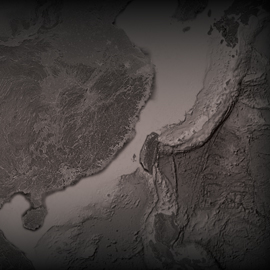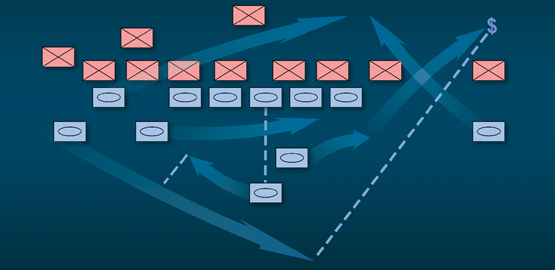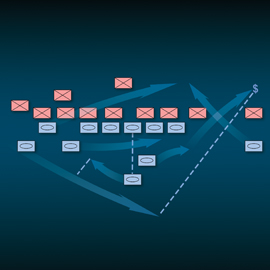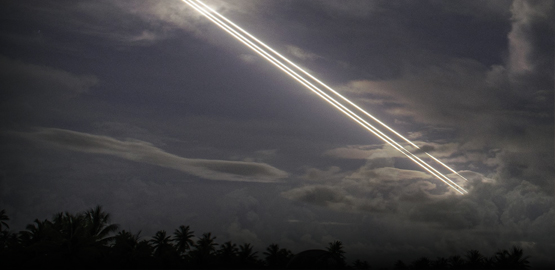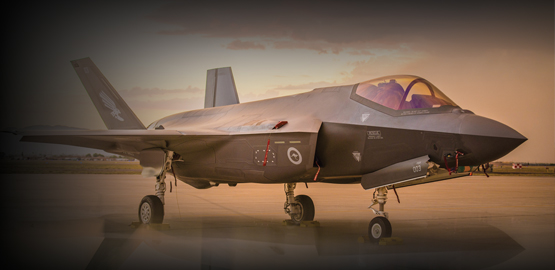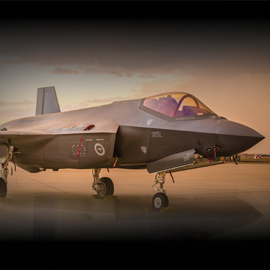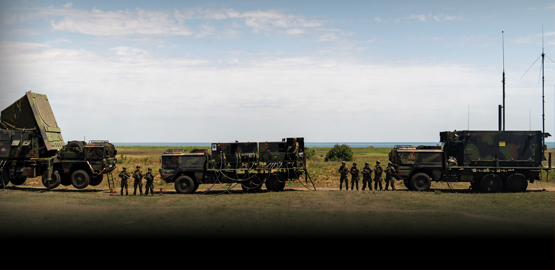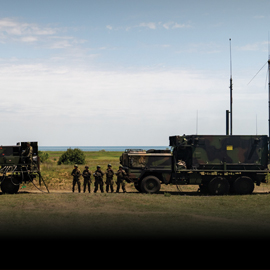Publications
"Nobody does defense policy better than CSBA. Their work on strategic and budgetary topics manages to combine first-rate quality and in-depth research with timeliness and accessibility—which is why so many professionals consider their products indispensable." – Gideon Rose, Editor of Foreign Affairs, 2010-2021
Range, Persistence, Stealth, and Networking: The Case for a Carrier-Based Unmanned Combat Air System
Ever since Thucydides recorded the dramatic fall of Athens’ vaunted navy at Syracuse in 413 BC, naval warfare has been marked by abrupt competitive shifts. Intense geopolitical and maritime rivalries between well-financed seafaring nations, the emergence of new operational challenges for established naval powers, and the novel incorporation of advanced technologies in naval weapons and ship designs have all repeatedly spurred transformations that have redefined naval warfare.
Dissuasion Strategy
In the 2001 Quadrennial Defense Review (QDR), Secretary of Defense Donald Rumsfeld introduced the concept of dissuasion, citing it as one of the “four key goals that will guide the development of US forces and capabilities, their deployment and use.” This view was subsequently confirmed in both The National Defense Strategy of the United States, published in 2005, and the 2006 QDR. Yet despite its apparent prominence in US defense planning, there is significant uncertainty and even confusion regarding a number of key issues: What exactly is dissuasion, and how does it differ from deterrence? How can the United States operationalize dissuasion; that is, what types of instruments can be used to dissuade both opponents and allies alike? Finally, what are the main impediments to a successful dissuasion strategy, and how can they be overcome? This report addresses each of these issues.
A Cooperative Strategy for the 21st Century Seapower: An Assessment
Since the end of the Cold War, the US Navy, US Marine Corps, and US Coast Guard have been in search of a new maritime strategy—a new naval Holy Grail. The first grail, revealed in 1890 in the form of Alfred Thayer Mahan’s The Influence of Seapower on History, guided the Sea Services through the end of the Second World War. Mahan’s views on sea control and his emphasis on a concentrated battle fleet were genetically encoded into generations of officers during two decades of wargaming at the Naval War College between the two world wars. Soon after World War II, however, the grail was lost during a turbulent period when America faced no real maritime challenger.
The Global War on Terrorism: An Assessment
Since September 2001, the United States and partner nations in the global war on terrorism have accomplished a great deal: eliminating the state-sponsored al Qaeda sanctuary in Afghanistan, capturing or killing scores of senior leaders and thousands of rank-and-file operatives in the jihadi movement, rolling up terrorist cells around the world, cutting off many of the funding pathways relied upon by terrorist groups, and disrupting dozens of plots. That being said, both the Salafi-Jihadi and Khomeinist branches of violent Islamic radicalism continue to make progress along their major lines of operation discussed in Chapters II and III in pursuit of their strategic objectives. The United States does not appear to have weakened the jihadis’ will or their ability to inspire and regenerate.
Arming the Heavens: A Preliminary Assessment of the Potential Cost and Cost-Effectiveness of Space-Based Weapons
The United States is the world’s greatest economic and military power. Perhaps nothing demonstrates the extent of that dominance today better than the country’s preeminent role in space. The United States operates by far the most capable and costly network of satellites in the world.
Of IEDs and MRAPs: Force Protection in Complex Irregular Operations
Simple solutions to complex problems are inherently attractive and almost always wrong. So it is with the Pentagon’s recent decision to enter into “crash” production of Mine Resistant Ambush Protected armored vehicles, or MRAPs. Political and military leaders are currently grappling with this problem, which can be summed up as: How much to invest in a new system that appears to provide enhanced protection for troops against the most common, lethal threat in Iraq, without undermining either the ability of the force to conduct the current mission set before it, or the ability to remain effective across the range of missions and operating environments it will also have to be ready for in the years ahead?

